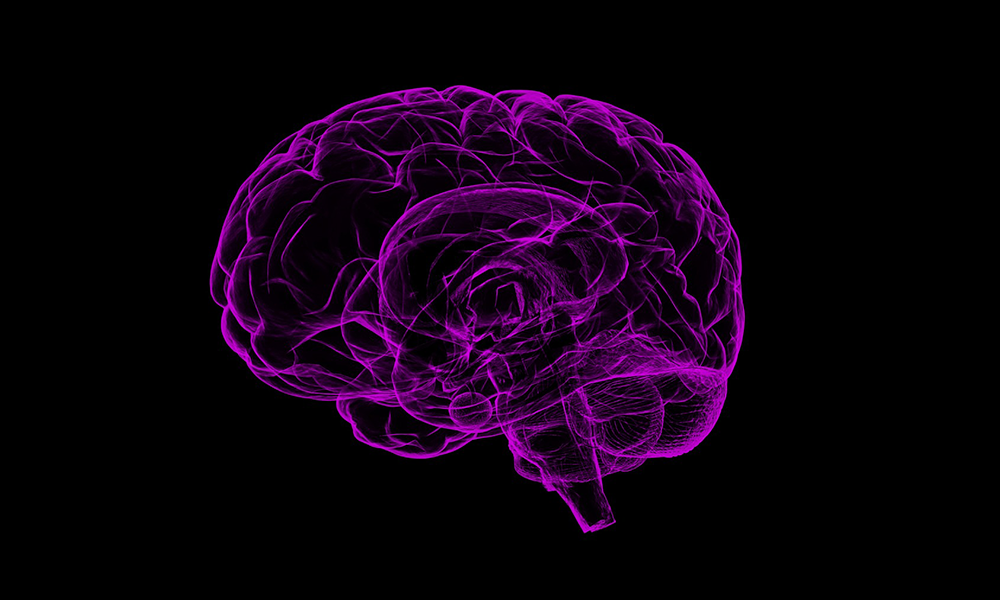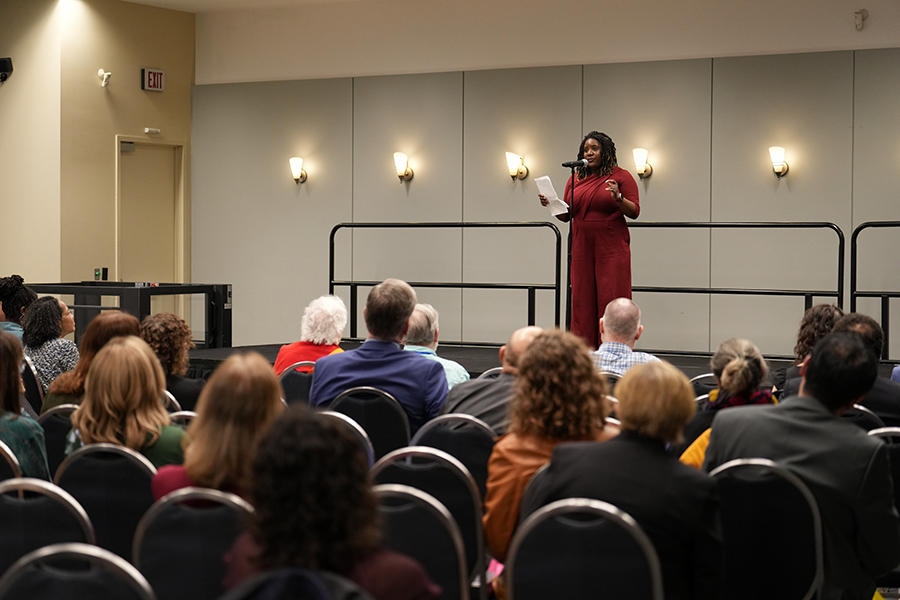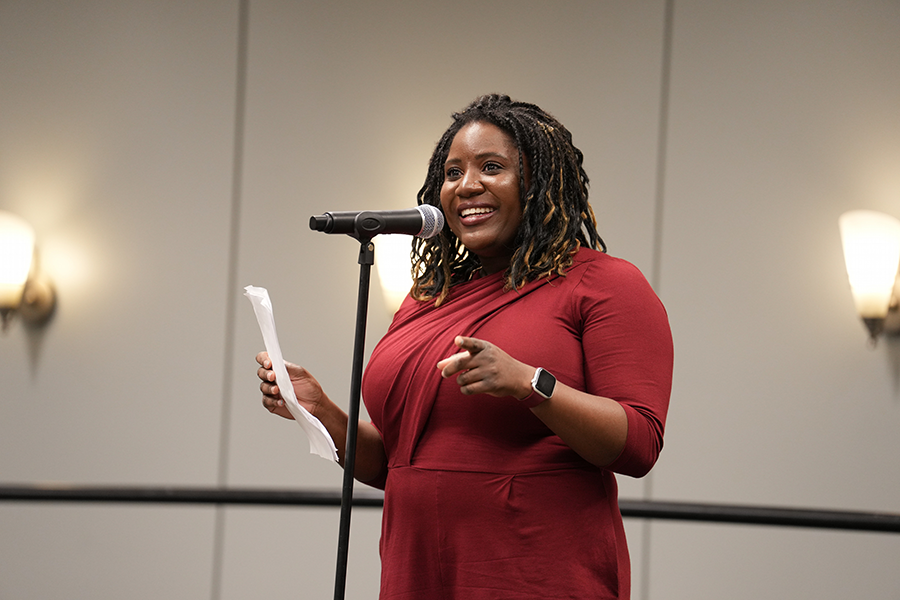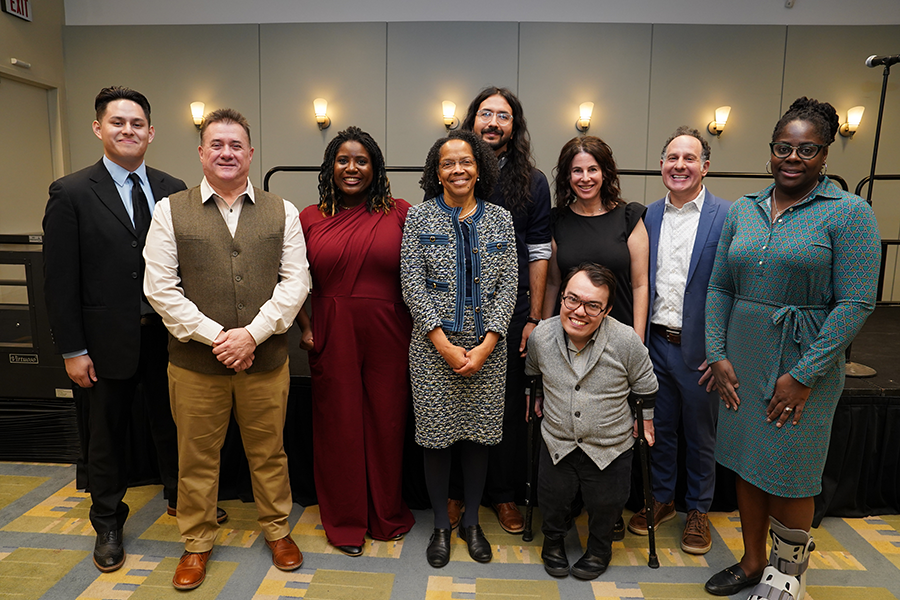Bring your own brain
Lauren Smith
Mar 3, 2023

Source: Raman Oza from Pixabay
Elizabeth Wayne thinks that science will work best when all kinds of brains come to the party.
Wayne, an assistant professor of chemical engineering and biomedical engineering, studies the immune system and regularly uses analogies when discussing immunology with engineers. She compares the immune system to one big party: you want all your friends or family there at the right time, and each different personality brings something important.
She started wondering if that paradigm could apply to other systems, like the social system that exists when scientists collaborate. The value in bringing together people with cognitive diversity (biologists, engineers, and statisticians, for example) is recognized. Wayne thinks we should also recognize the value in bringing together people with different personalities, lived experiences, and capabilities on the neurodiverse spectrum.
"I really want people to tap into, or maybe tap out of, the idea that there is a normal and not normal," she says. Wayne encourages us to consider that everyone is on a neurodiverse spectrum and that their perspective from their place on the spectrum is valuable to have in science. "The breakthroughs that we need usually happen at the intersection of different disciplines," she says. "We can also think of breakthroughs happening at the intersection of different cognitive abilities, when we bring ideas together."
Wayne told her "BYOBrain" story during a live storytelling session March 2 at the 2023 American Association for the Advancement of Science (AAAS) Annual Meeting. She was one of six storytellers, representing different parts of the scientific enterprise, who each shared a personal story about the intersection of their lives and their work.
"You can find power in your vulnerability," Wayne says about sharing her story. "You can choose what types of stories you tell. You also control what you say, how and when you're saying it, and who is hearing it."
For the AAAS session, Wayne talked about having a learning disability. As a scientist, she has found advantages alongside disadvantages.
Wayne credits part of her science communications success to her learning disability. She spends energy trying to be a good communicator: choosing what to say and what not to say, staying on topic, and respecting other people's space in a conversation. It can be hard to do and stressful. There is another side to it, though. "For me, 'what if?' is such an easy thing to ask," Wayne says. "I am the best improvisational character." The classic "yes, and" prompt brings leaps in thought that Wayne uses in her research.
Wayne is careful to tell her own story in ways that balance success and challenge. Cautious that she may come across as someone "who is functioning and who has made it," she wants her words to be encouraging without excluding others. "I continue to navigate my learning disability with my colleagues, with my family, because there are things I'm not good at," she says. "We find ways to work together, because that is what it means to be in community."
When her students come to her to request disability accommodations, Wayne is open about going through the emotional, psychological, and educational progressions of being on the neurodiverse spectrum. "Many students have never had a professor who has said or had this before," she says. Wayne often mentors people about what it is like to go through graduate school with a learning disability. "These are difficult conversations that need to happen as the academy becomes more diverse."
For media inquiries, please contact Lauren Smith at lsmith2@andrew.cmu.edu.



